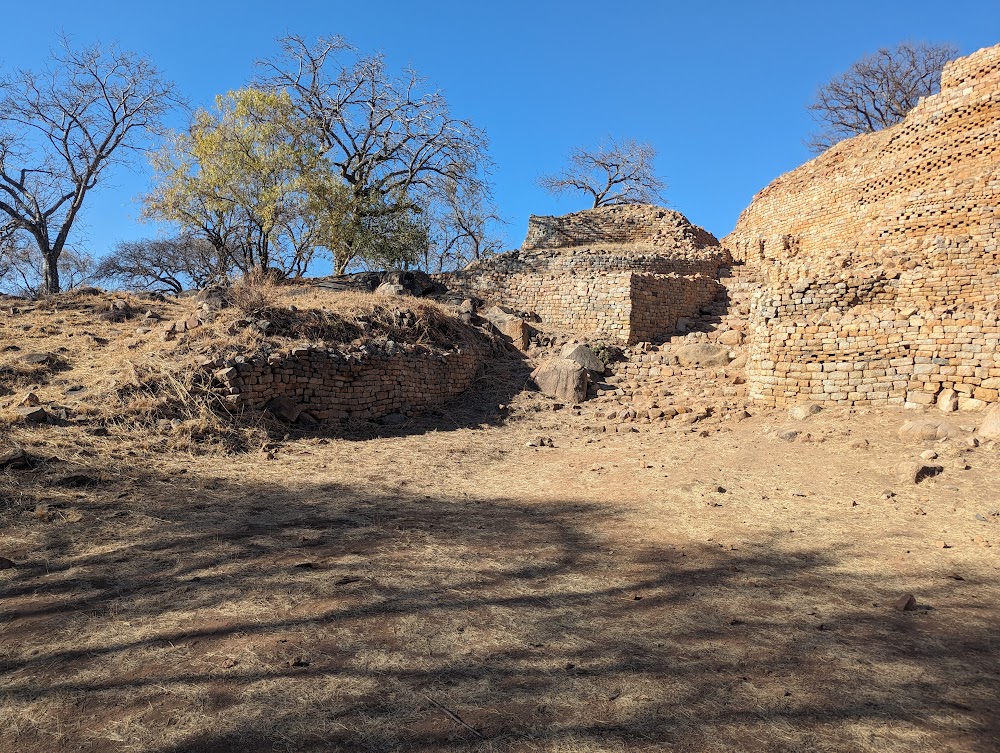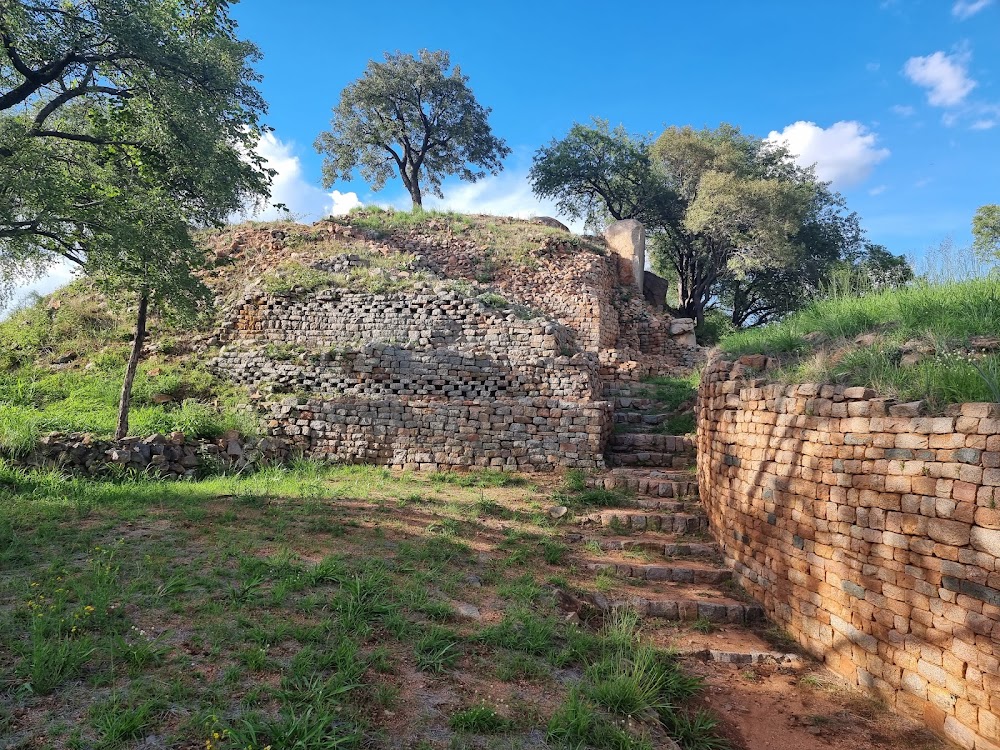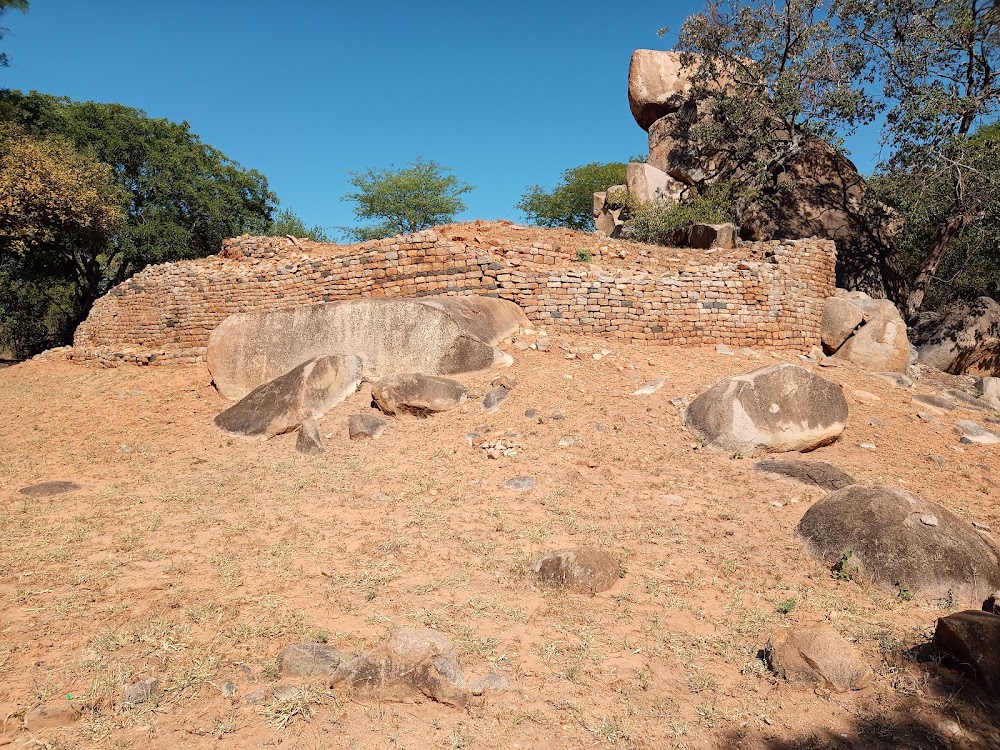Mapai Historical Ruins (Ruínas Históricas de Mapai)
Overview
The Khami Ruins, also known as the Mapai Historical Ruins, stand as a remarkable testament to the rich history and architectural mastery of early civilizations in Gaza Province, Mozambique. This archaeological site offers visitors a captivating glimpse into the past, showcasing the intricate skills and cultural influences that shaped the region.
The ruins are the remnants of a once-thriving settlement that dates back to the 15th century. This settlement was part of the Kingdom of Butua, a powerful entity that controlled significant trade routes and territories in southern Africa. The builders of Khami were exceptional stone masons, utilizing large granite blocks to construct their city, which sets it apart from many other African ruins that often employed smaller, loose stones.
What makes Khami particularly unique is the construction technique known as dry-stone walling. The builders shaped large granite blocks and fitted them together with remarkable precision, all without the use of mortar. This technique not only required incredible skill but also resulted in walls that served dual purposes: providing both defensive structures and ceremonial spaces. The significance of security and spirituality is evident throughout the site.
The layout of the Khami Ruins is equally impressive. The city was strategically divided into several zones, each fulfilling a specific role within the community. The central area, elevated above the rest, housed the royal enclosure and other important buildings. This zone featured grand platforms, terraces, and winding passageways that connected the various parts of the complex. Surrounding this central hub were the middle and outer zones, which included residential areas for commoners, workshops, and bustling market spaces, illustrating a well-organized urban environment.
Adding to the allure of Khami is the incorporation of decorative elements in its architecture. The walls were often embellished with intricate patterns and symbols that held both aesthetic appeal and cultural significance. Chevron and checkered designs, for example, conveyed messages related to fertility and protection, showcasing the society's deep connection to their beliefs and traditions.
Trade played a crucial role in the life of the Kingdom of Butua, and Khami's strategic location along key trade routes facilitated commerce with neighboring regions. Inhabitants exchanged valuable goods such as gold, ivory, and copper, fostering cultural exchange and enriching the city’s architectural and artistic expressions.
Despite its historical significance, Khami faced challenges over time. Political changes and shifts in trade routes led to its decline, and by the 19th century, the site was largely abandoned. Although many structures fell into ruin, a remarkable degree of preservation remains, offering valuable insights for modern archaeologists and historians.
Efforts to study and preserve the Khami Ruins have been ongoing since they were first documented by explorers in the 19th century. Researchers from around the globe have contributed to uncovering the stories embedded within the stone walls, enriching our understanding of this extraordinary site.
A visit to the Khami Ruins today is a journey through time. The site's serene atmosphere invites visitors to wander among the ancient structures, envisioning the vibrant life that once thrived there. Informational plaques throughout the site provide essential context and explanations, enhancing your experience with historical and cultural details.
Preserving the Khami Ruins remains a top priority, as these structures continue to face challenges from environmental factors and human activity. Conservation initiatives strive to protect the site while making it accessible for both educational and tourism purposes.
The Khami Ruins are a tribute to the ingenuity and resilience of early African civilizations. Their intricate construction, artistic embellishments, and strategic significance reflect a society that valued craftsmanship, spirituality, and connection to the broader world. As Mozambique works to safeguard this treasure, the Khami Ruins will undoubtedly serve as a source of inspiration and knowledge for generations to come.








